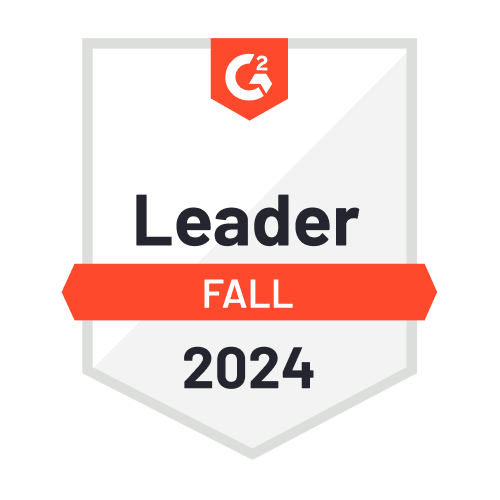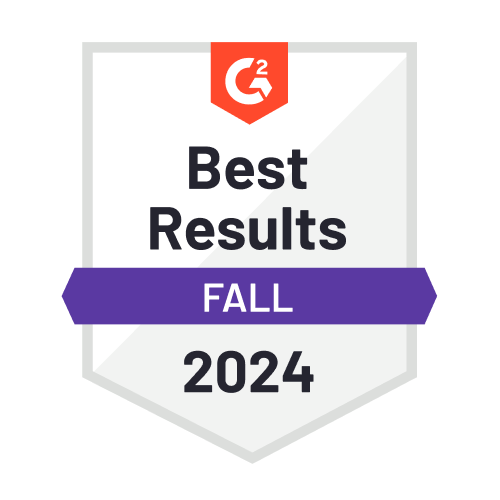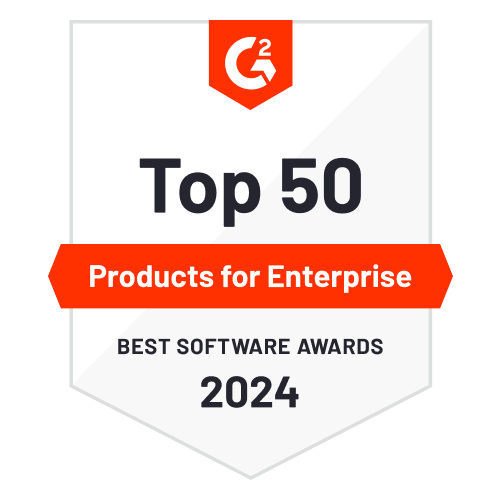Marketing Automation
Marketing automation is the use of technology to automate and amplify work carried out by marketers seeking to reach their customers across different communication channels. Marketing automation can use the power of AI to build customer segments based on sophisticated rules and user behavior that would be difficult to create and manage manually.
By using marketing automation software, brands can automate marketing activities to acquire, engage, retain, and monetize their audience by triggering campaigns across different devices and channels more successfully and with less effort. This becomes more and more important as the scale of the audience or messaging volume increases.
How does marketing automation work?
Marketing automation uses a marketing technology platform to automate marketing tasks and workflows, streamlining the overall process. It starts by collecting customer data from touchpoints such as website visits, form submissions, social media interactions, and purchases.
The data is then segmented based on criteria like demographics, behavior, or interests, enabling targeted and personalized marketing campaigns. Marketers create automated workflows with triggers and actions. For example, a trigger could be a user signing up for a newsletter, and the action might be sending a welcome email.
Automated actions, such as follow-up emails, lead scoring, task assignments, or personalized content delivery, are executed based on user interactions. The platform also tracks user behavior, providing valuable data for campaign performance analysis and data-driven decisions.
Marketing automation solutions give marketers control of every step of the customer lifecycle, including:
- Onboarding: Right from the first visible of the customer to your website to get the visitor to become a paid customer, download your app, or become a member of your newsletter, etc.
- Engagement: Building a regular and personalized chain of communication once your customer is onboarded.
- Conversions: Nudging your customers towards completing the purchase by building personalized marketing campaigns that resonate with them.
- Loyalty and Retention: Ensuring customers visit your website or mobile app regularly through clever customer engagement strategies.
- Re-activation: Re-engaging dormant users, nudging customers who have uninstalled your app to install again through communications on alternative channels like email and SMS.
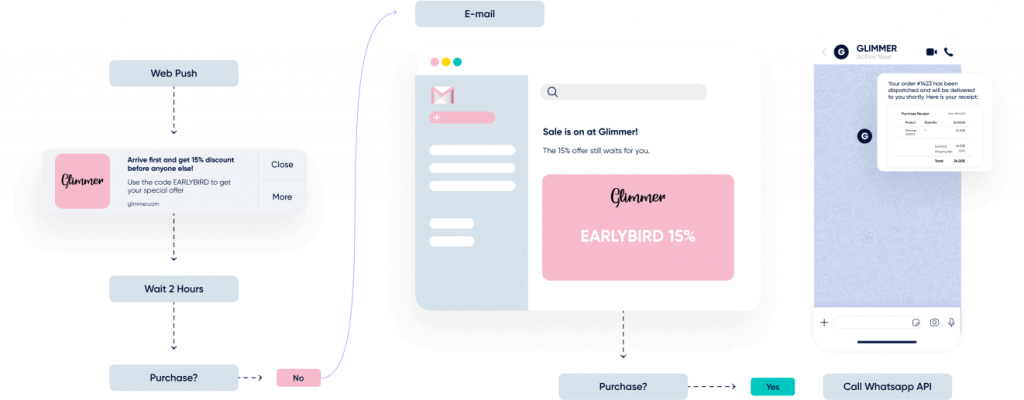
Why is marketing automation important?
Marketing automation provides numerous benefits that significantly impact a business’s marketing efforts and overall success. With so many channels, leads, and personas, building a marketing strategy is a lengthy (and costly) process. Research shows that investing in a marketing automation platform leads to a 12.2% reduction in marketing overhead.
One of the primary advantages is time efficiency, as it automates repetitive tasks, allowing marketing teams to focus on more strategic activities, such as crafting engaging content and analyzing data. Marketers will also save time by integrating their marketing automation across channels—including email, social media, and SMS—to provide a cohesive brand experience for customers. The more channels you can automate and integrate, the more time you will save and people you will reach.
Another key benefit is lead nurturing, as marketing automation facilitates consistent and targeted communication with prospects throughout the sales funnel. This process guides potential customers with relevant content, increasing the likelihood of conversion. Lead scoring and prioritization further optimize lead management by identifying and focusing on the most valuable prospects, empowering sales teams to close deals effectively.
Marketing automation platforms also provide more reliable data and insights, enabling marketers to make data-driven decisions, refine strategies, and optimize campaigns for better results and increased ROI.
How to use marketing automation in 8 steps
- Strategy development
Define your marketing objectives and create a comprehensive strategy before implementing automation tools. Understand your target audience, segments, and customer journeys and talk to marketing automation experts at potential platforms.
- Choose the right platform
Select a suitable marketing automation platform that aligns with your business needs and goals and has a wide range of channels available to automate your cross-channel marketing efforts.
- Data integration
Ensure that your marketing automation platform is integrated with your Customer Relationship Management (CRM) system and other relevant databases to consolidate customer data.
- Segmentation
Divide your audience into distinct segments based on demographics, behavior, or interests. This allows for personalized and targeted messaging.
- Lead scoring
Implement lead scoring to prioritize leads based on their engagement and readiness to make a purchase.
- Set up automation
Create automated campaigns that activate based on specific actions or dates, and design automated workflows with triggers to execute actions automatically in response to user behavior, such as sending follow-up emails after a website visit.
- Personalization
Leverage customer data to personalize content, offers, and recommendations for a more consistent, tailored customer experience that works across channels.
- Analytics and optimization
Monitor your marketing automation performance regularly and make data-driven adjustments to improve results.
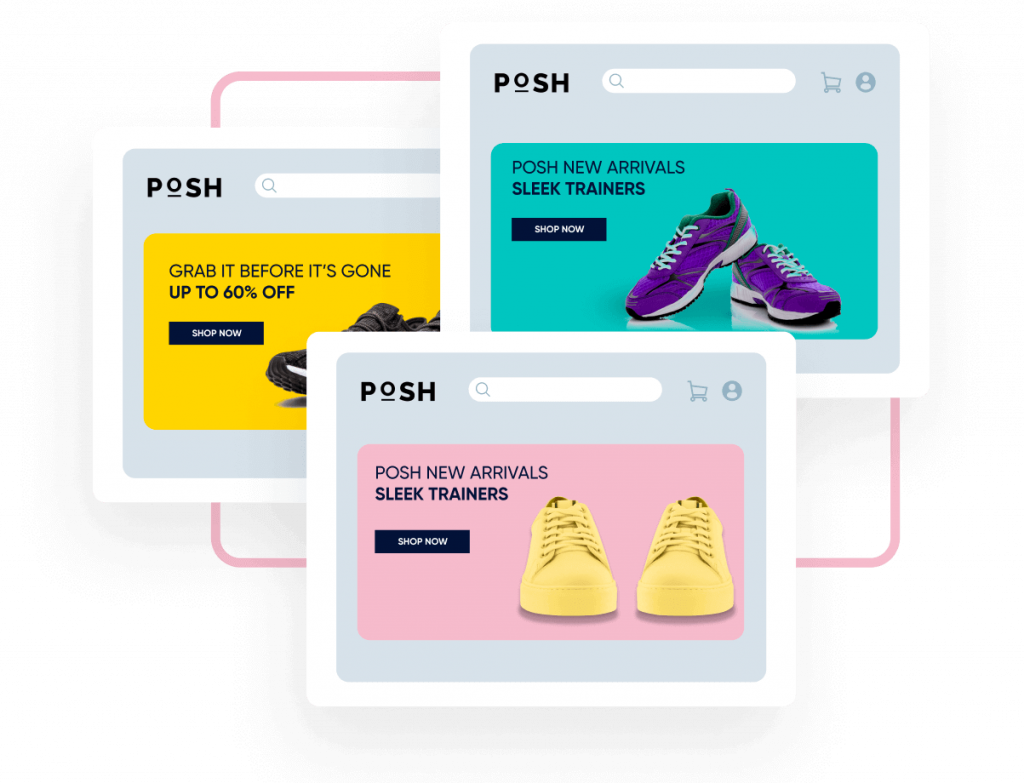
Examples of marketing automation
There are several examples of marketing automation that businesses commonly use to automate their marketing efforts and enhance customer engagement.
Some of these examples include:
- Automated email campaigns: Sending welcome emails to new subscribers, automated follow-up emails based on user behavior, and personalized drip email campaigns that nurture leads through the sales funnel.
- Lead scoring: Assigning scores to leads based on their engagement level and actions, allowing sales teams to prioritize and focus on the most qualified leads.
- Abandoned cart recovery: Sending automated reminders or special offers to customers who leave items in their online shopping cart without completing the purchase.
- Personalized recommendations: Providing customers with personalized product or content recommendations based on their past interactions and preferences.
- Dynamic content: Displaying customized content on websites or landing pages based on the user’s behavior or demographic information.
- Social media automation: Scheduling and publishing posts on social media platforms in advance, as well as automatically responding to customer inquiries or comments.
- Automated lead nurturing: Sending relevant content and resources to prospects at various stages of the buyer’s journey to guide them towards making a purchase.
- Event or webinar registration: Automating the registration process and follow-up communications for events or webinars, including confirmation emails, reminders, and post-event feedback requests.
- Re-engagement campaigns: Automatically sending re-engagement emails to inactive or lapsed customers to encourage them to return to the business.
- Customer onboarding: Automating the onboarding process for new customers, providing them with useful information and resources to ensure a smooth experience.
Insider is G2’s #1 marketing automation leader
Insider was named the #1 marketing automation platform by G2. We empower brands to create scheduled and automated activities for around-the-clock engagement without manual effort.
Explore our platform to discover why we’re world leaders in marketing automation, and chat with our customer success team about how we can help reach your goals.

